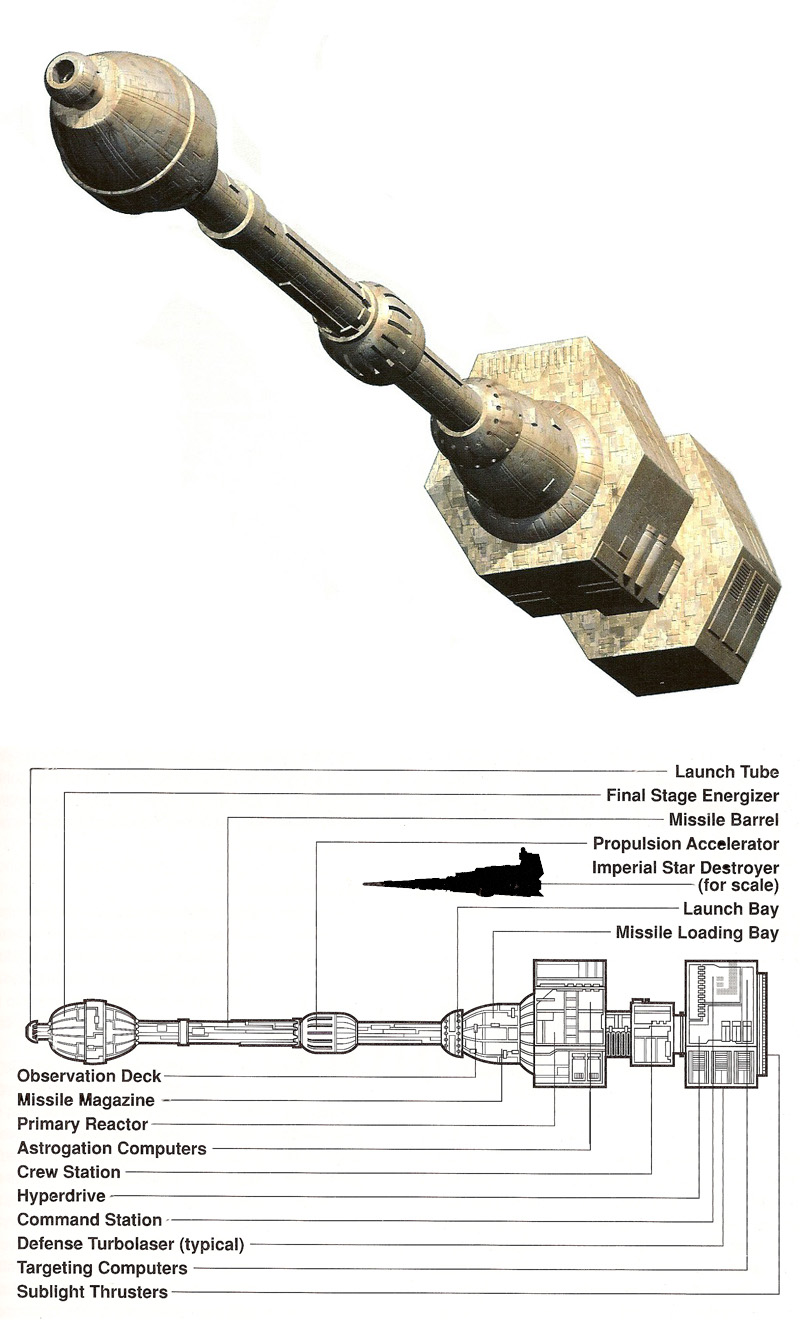

The weapon had multiple power settings enabling it to destroy selected cities and military bases, a targeted land mass while preserving the rest of the planet, or at its maximum setting could convert all matter into energy, effectively vaporizing the target world and all its inhabitants. The Executor serves as Darth Vader's personal flagship during the events of The Empire Strikes Back, leading the Death Squadron against the Rebel Alliance on Hoth and in pursuit of the Millennium Falcon. These battleships served primarily in command roles, directing the movements of the FPAâs fleets in battle against the Galactic Empire. Each of the millions of galactic languages could be used to name all ships uniquely, and yet in novels the names would appear the same because of the implicit translation into English (or other terrestrial languages). Each option consists of a ship card, a number of upgrade cards, and a threat level. On board, it was guarded by vulture droids, standard battle droids, and Grievousâ IG-100 MagnaGuards. The Imperial Maritime Division, also referred to as the Imperial Navy (not to be confused with the Imperial Starfleet), was part of the Galactic Empire's Military that carried out operations on bodies of water of different planets. ⦠It was the size of a class IV moon and was the largest starship ever built in galactic history (before the construction of the larger second Death Star). Taking the form of a 7,250 meter-long tube-shaped weapon built above the planet Byss, the Galaxy Gun fired projectiles equipped with particle disintegrator warheads able to destroying a planet. Imperial Maritime Division Major Empires. The Imperial Navy (also known as the Imperial Starfleet or the Imperial fleet) was the naval branch of the Galactic Empire's military. No wonder the best idea for anyone who spotted one was to run. The Millennium Falcon was able to outperform almost every single ship it faced off against, even when it was described as a âpiece of junkâ by Luke Skywalker.


 0 kommentar(er)
0 kommentar(er)
